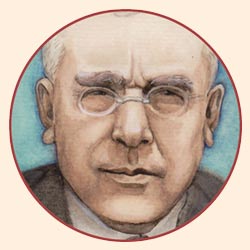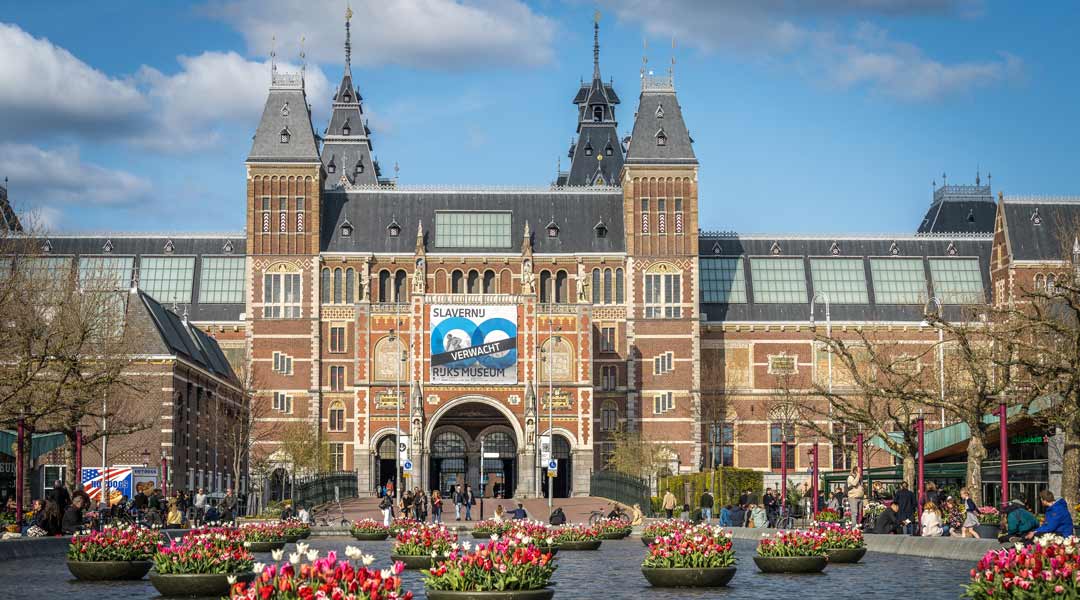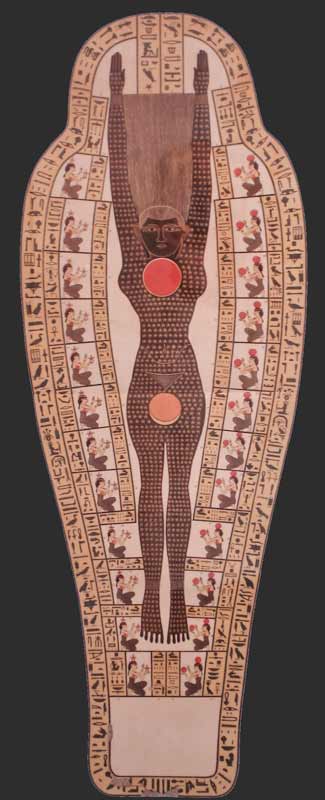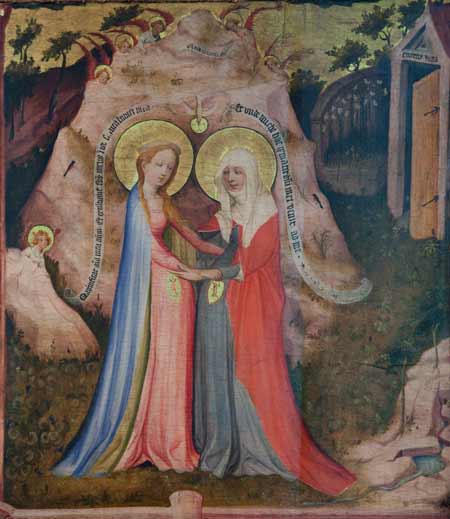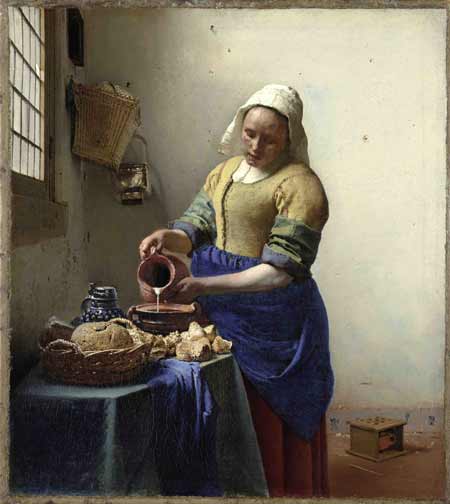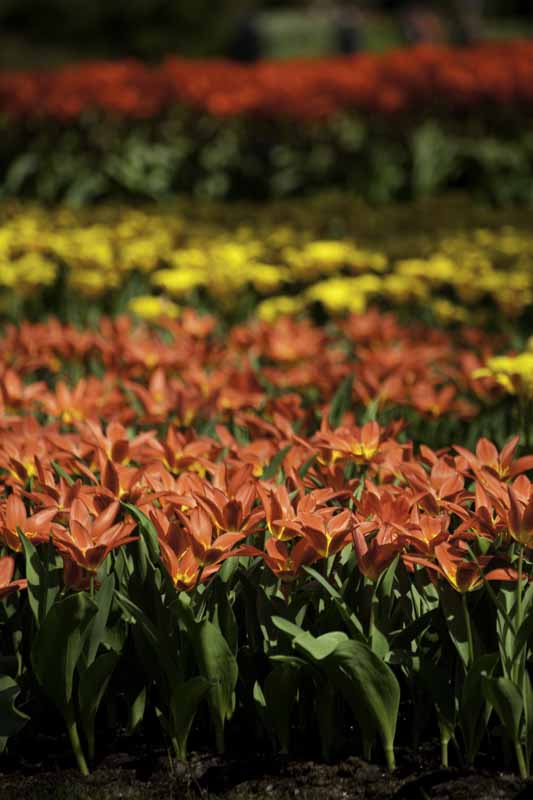BePeriod Gathering in Amsterdam
17 – 23 April 2023
Join us in Amsterdam to study the roots of Esoteric Christianity, one of its early European expressions in Flanders, and how this branch developed into the golden age of Flemish art. In the National Museum of Antiquities in Leiden we will explore Egyptian artifacts that inspired Early Christian theology. In the Catharijneconvent in Utrecht we will see these principles translated into Christian myth and symbolism. And in the Rijksmuseum we will study the finest works from the golden era of Dutch painting, especially those by Rembrandt and Vermeer. Read more below:
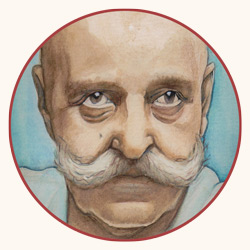
We know very little about Christianity and the form of Christian worship… For instance, the church, the temple in which gather the faithful and in which services are carried out according to special rites; where was this taken from? Many people think that the outward form of worship [was] invented by the fathers of the church. Others think that this outward form has been taken partly from pagan religions and partly from the Hebrews. But all of it is untrue.
Egyptian Museum in Leiden
The National Museum of Antiquities in Leiden houses a sizeable collection of Egyptian artifacts from all dynasties. Touring through this collection, we follow the chronology and development of Egyptian thought, from its pre-dynastic simple and direct approach to burial, through the golden age of the New Kingdoms, up to the elaborate late Ptolemaic phase that would also mark its conclusion.
Preoccupation with burial underlies the entire span of these three thousand years. Egyptian philosophers recognized in the daily journey of the sun a hidden parallel in the micro-cosmos human being. Just as the sun daily set (or died) and rose again, so could humans die and resurrect, if they understood and respected the laws that governed this process. This premise gave birth to elaborate descriptions of the journey through the underworld, its divisions, dangers, and means of navigation.
While Egyptian philosophers used the observable elements around them to portray this internal journey—sky, sun, moon, and stars—Christianity represented these same principles through myth. The sun sinking beyond the horizon (entering the earth) was translated into God incarnating as Jesus (entering human form). From this starting point, the story of the Gospels unfolds with a very different meaning than its traditional interpretation.
Coffin with the Sky-Goddess Nut | 664-525 BC
It is possible to study the sun, the moon. Man has everything within him. I have inside me the sun, the moon, God. I am all life in its totality. To understand, one must know oneself.
George Gurdjieff
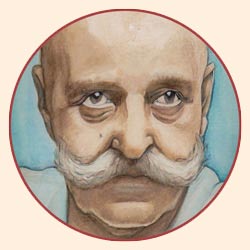
Mary and Elizabeth embrace, with Jesus and John in their wombs | Middelrijns Altar | ca. 1410
Catharijneconvent in Utrecht
The influence of Egyptian thought on Christianity is most evident in Early Christian art. In an atmospheric medieval convent in the heart of Utrecht, we will explore early Christian paintings and sculptures that reveal a more obvious connection to their Egyptian ancestors.
According to Egyptian cosmology, the sun had to set in order to regenerate underground and rise again the following morning. This same delicate transition from the old to the new underlies the story of Jesus. At the time of his birth, the existing covenant with God (as expressed in Judaism) has run its course and is in need of regeneration. Jesus is the agent of a new covenant, or New Testament. His birth, development, ministry, and eventual self-sacrifice, are all needed to accomplish this delicate transition.
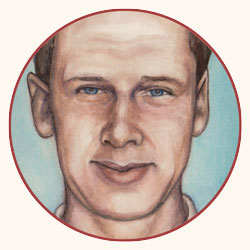
Rembrandthuis
We will visit the house in which Rembrandt lived between 1639 and 1658, now converted into a museum. We will walk through his living room, art room and studio, and gain a first-hand impression of the atmosphere in which he created his masterpieces.
Rembrandt is known, not only for his portraiture, but also for his unique treatment of Biblical and mythological subjects. On the upper floor of the Rembrandthuis, we will explore an almost complete collection of his etchings. The subject of many of these black and white drafts are Biblical topics with which we are familiar from BePeriod workshops, opening a window into his approach and treatment of these scenes.
Self-Portrait | Rembrandt | 1629
There are dozens of self-portraits of Rembrandt in the world’s art collections. It would be ridiculous to place them in a temporal sequence, and speak of Rembrandt’s ‘development.’ All the pictures and every one of them represents the soul of Rembrandt contemplating its own outward form.
John Bennett

Milkmaid | Vermeer | 1657–1658
Rijksmuseum
The national museum of the Netherlands displays 8,000 objects of art and history, among which are works by Rembrandt, Frans Hals, and Johannes Vermeer. We will dedicate two visits to this comprehensive collection, to pay the appropriate time and attention to some of the finest masterpieces of the Dutch golden age.
Vermeer Exhibit
Our visit to the Rijksmuseum coincides with a special exhibit of Vermeer. Vermeer is renowned for his masterly treatment and use of light. Only 34 paintings are universally attributed to him today. These are owned by different art collections all over the world and it is rare that even a few of them are seen together, as they will be for the first time in this exhibit.

There is, I believe, only one form of expression well-known to man that can express eternity; and that is the painter’s art. The artist does more than seize the moment and fix it on the canvas: he displays a depth of significance that goes beyond the mere fact.
John Bennett
Other Activities
Tulips at the Keukenhof
For a change of rhythm and impressions, we will take an hour’s journey from Amsterdam to the Keukenhof botanical gardens to enjoy one of the world’s largest flower displays, with hundreds of varieties of tulips in full bloom.
Theater
To involve our emotional, moving, and intellectual centers more deeply in our studies, we will rewrite one of the Biblical scenes featured in our visit, into a play. Throughout the week, our evenings and nights will be spent in rehearsal. We will perform our play on the last evening of our gathering.
Tulips | Keukenhof Gardens
One must understand the necessity of working with people. When you begin to understand that it is physically impossible to work alone, that it is only because of these other people that you yourself can work, that will be understanding, but it will not be second line yet. You must understand that the people you meet here are as necessary for you as the system itself.
